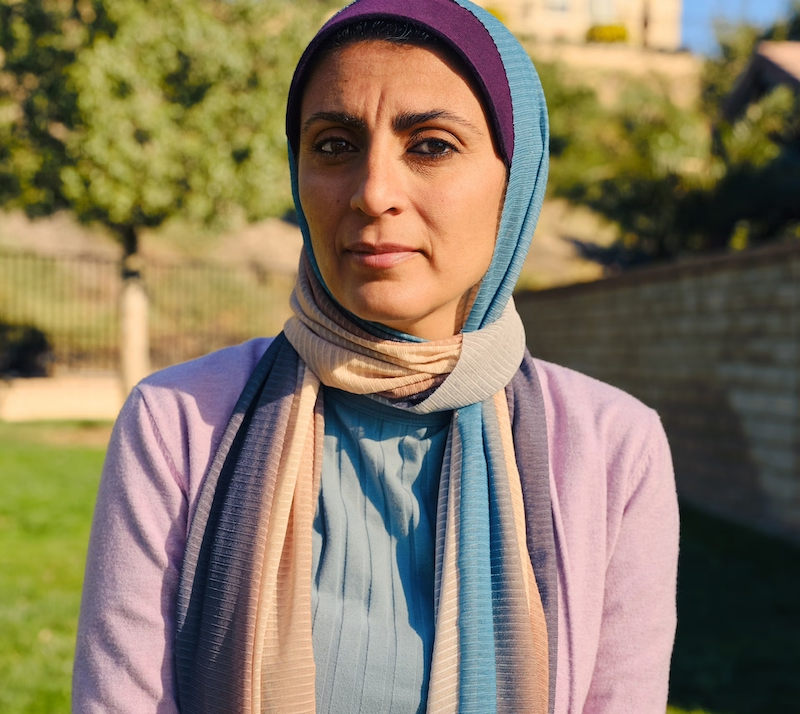Hookah is primarily used by young adults 18 to 29 years of age in California.1 The Hispanic/Latino population makes up the largest proportion of young adult hookah users (51.4%).1 This suggests that hookah use is not only limited to a cultural and social practice among Middle Easterners, Indians, Armenians, and Persians, but rather that hookah use has become commercialized.
Hookah is an appealing social activity because it is smoked as a group, making it seem less dangerous. It’s hard to ignore that hookah cafes are commonly located near college campuses, making them the most common place to try hookah and where nearly 60 percent of college-age hookah users first starts.23 Hookah cafes typically advertise on social media, online, and in young adult newspapers and magazines to entice young adults.24
The popularity of hookah is due in part to the availability of flavors such as apple, peach, mint, strawberry, and cola, which mask the harsh taste of tobacco and makes it easier to inhale.25 Many people who use hookah think of it as less harmful and addictive than other types of tobacco.6 The truth is, using hookah pipes is not a safe alternative to cigarette smoking – hookah smoking increases the risk of esophageal and lung cancers as well as heart disease.7
Hookah tobacco contains the same chemicals found in all tobacco, including nicotine and cancer-causing chemicals. Many people that use hookah think that the water “filters” the tobacco, thus making it safer to use. Water only cools the tobacco, making it easier to inhale the toxic smoke. In addition, secondhand hookah smoke also contains the same cancer-causing chemicals found in cigarette smoke.8









